The 6 Best Chicken Feeds and Treats to Help Your Flock Flourish
I care for two flocks of chickens and two roosters on a hobby farm in Washougal, Washington. Chickens are easy to care for—full of personality and provide fresh eggs—but keeping your chickens happy and healthy begins with quality chicken feed.
According to Yuko Sato, MS, DACPV, a poultry expert from Iowa State University, when selecting chicken feed, one should start with the type of bird they are feeding and what their intended purpose is. For example, an egg laying hen will require different nutrients than a rooster or a baby chick.
“All commercially formulated diets are designed to be well balanced in terms of nutrients (macro and micro-minerals, protein levels, vitamins, energy levels, etc). All of the information is written on the feed label, so owners should be familiar with what type of bird they are feeding and how to manage a mixed flock (different ages, types of birds).” shared Sato with The Spruce Pets. “Corn and soy are the two key ingredients to providing energy and protein in poultry diets. Unless the owner wants a specific diet (e.g. wheat-based diet), I do not think there is any benefit to a non-corn or non-soy diet. There are certain things that are toxic to chickens that should be avoided, but in general, avoid moldy or rotten feed,” Sato added.
There are pros and cons to each type of feed type, but it’s best to focus more on what your flock is used to eating and the cost of the feed. At the end of the day, the birds will tell you what they need.
The Winners
After testing various chicken feed brands and a mix of mash, pellets, and crumbles over the years, my go-to feed for our two flocks is Scratch and Peck Organic Chicken Feeds. This is a mash diet, which is the most standard diet for egg-type chickens. My flocks are healthy year-round and race towards their feed bowls. Plus it is made with USDA-certified organic, non-GMO, and sustainably sourced ingredients. For a more affordable choice, Nutrena’s NatureWise Layer Feed is high in protein and amino acids. I always have a bag on hand as a backup, and sometimes I even mix the two top picks together. In my experience, every flock has picky eaters, so here are a few more recommendations:
- Best Starter Feed for Chicks: Manna Pro Non-Medicated Starter Crumbles Chicken Feed
- Best Pellet Layer Feed: Small Pet Select Premium Chicken Layer Pellet Feed
- Best Crumbles Layer Feed: Blue Seal Home Fresh Extra Egg Crumbles
- Best Treats for Chickens: Grubbly Farms Black Soldier Fly Larvae
Best Overall
Scratch and Peck Organic Chicken Feeds
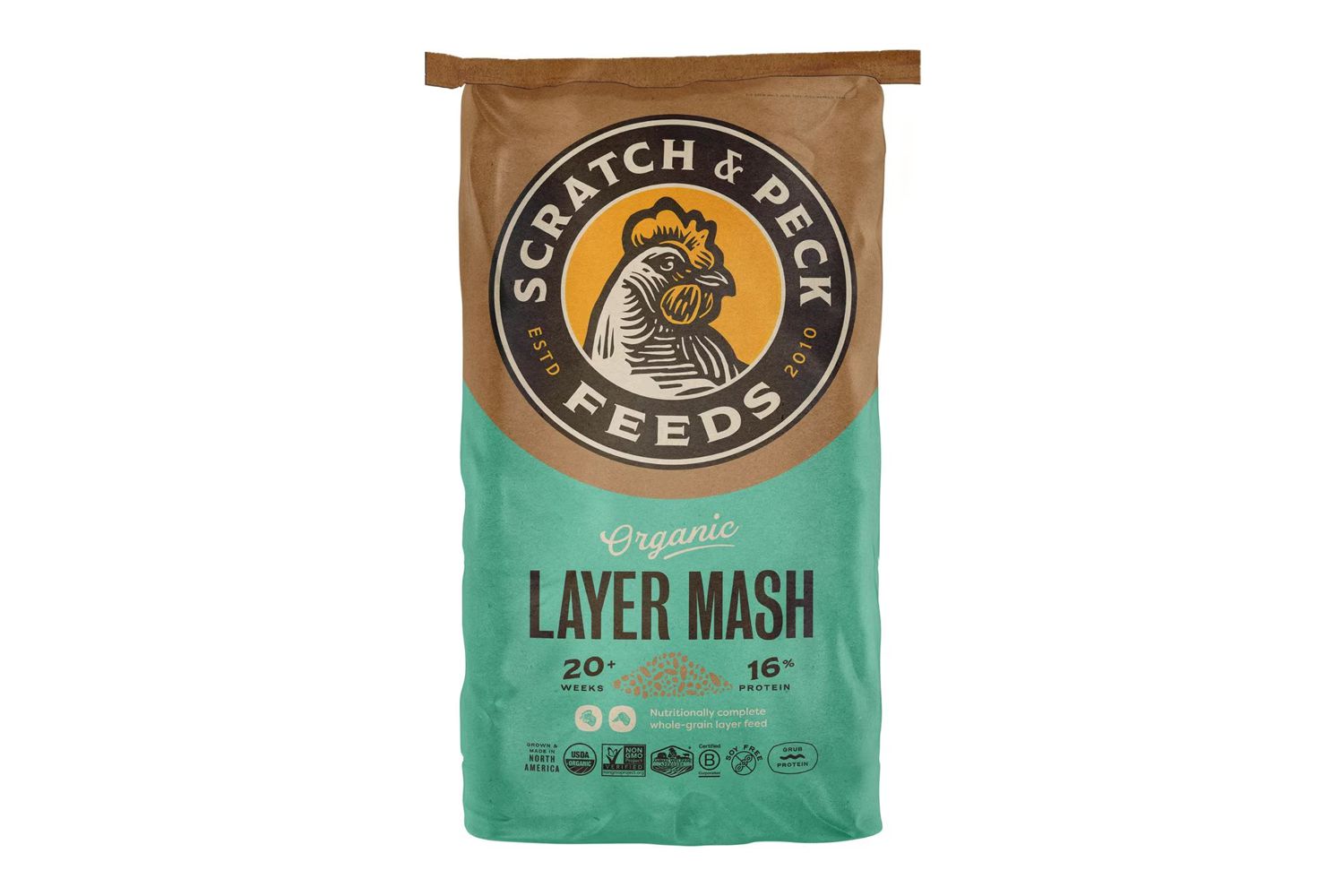
What We Like: USDA-certified organic ingredients; free of fillers; non-GMO Project verified; sustainably grown, sourced, and produced in North America; feed can be fermented for chicken and ducks
What We Don't Like: Some feed is lost to dustiness
Our favorite chicken feed has balanced nutrition and high-quality ingredients and comes from a manufacturer with a proven track record.
Scratch and Peck offers 11 varieties of organic chicken and duck feed, as well as several types of poultry treats, supplements, and kits. For my chickens, the original Naturally Free Organic Layer Feed is the perfect option.
In addition to the organic grains, flax meal, and other essential vitamins included in its organic feed, Scratch and Peck gets its protein from black soldier fly larvae, more commonly known as grubs. This protein-rich ingredient also offers minerals, essential amino acids, and enough calcium to strengthen eggshells. The combined formula contains 16 percent protein, which is an amount well-suited for egg-laying adult hens (age 20 weeks and up), especially those in need of extra protein when molting. Black Soldier Fly Grubs contain 8 to 10 percent calcium on a dry weight basis, which is much higher than mealworms, which contain 0.2 to 0.5 percent calcium. Calcium is essential for chickens' bone health, eggshell formation, and immune function, which is why having grubs as a key source of protein is another reason we feed this brand.
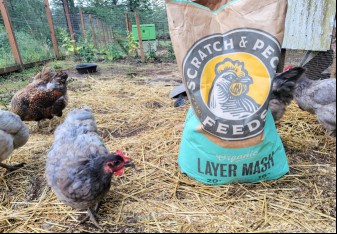
PHOTO: The Spruce Pets / Christy Caplan 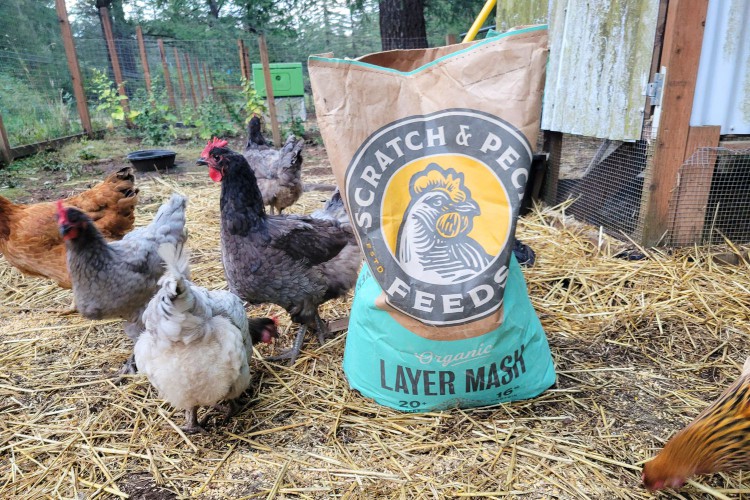
PHOTO: The Spruce Pets / Christy Caplan 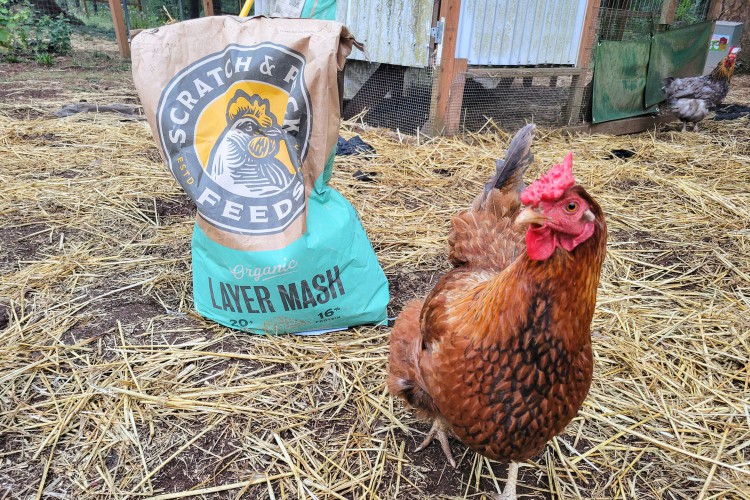
PHOTO: The Spruce Pets / Christy Caplan 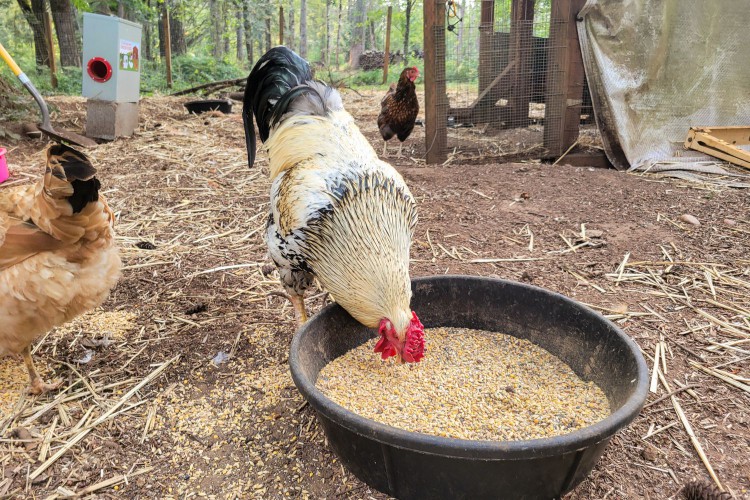
PHOTO: The Spruce Pets / Christy Caplan 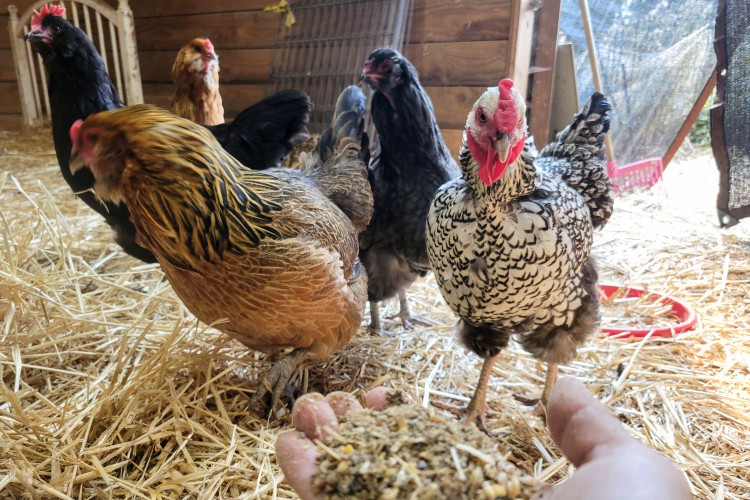
PHOTO: The Spruce Pets / Christy Caplan 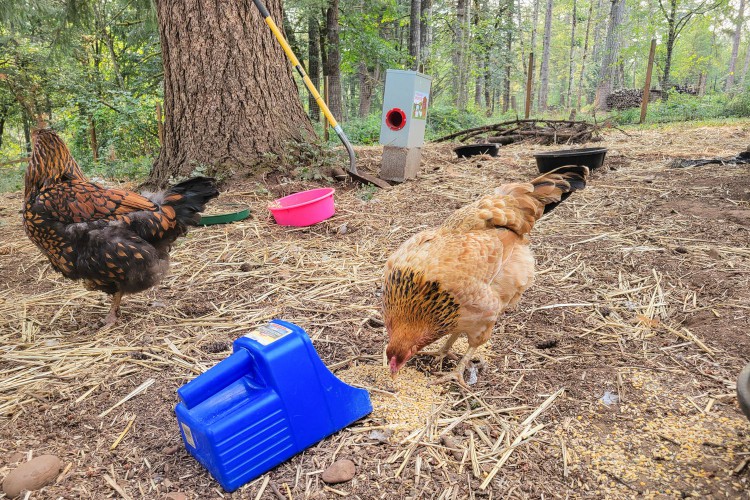
PHOTO: The Spruce Pets / Christy Caplan
In addition to its high-quality ingredients, Scratch and Peck maintains high levels of transparency, including certification as a B Corp, which sets rigorous standards for corporate accountability, charitable giving, and supply chain transparency. Even the protein grubs are grown in a sustainable way, with larvae raised on pre-consumer food waste that would otherwise end up in a landfill. Each bag of feed saves pounds of pre-consumer food waste from entering a landfill.
Scratch and Peck Organic Chicken Feed is also suitable for ducks, geese, and other waterfowl. It is available in 10-, 25-, and 50-pound shipments, with a 5 percent discount offered on repeat-order subscriptions.
Contains a minimum of 16 percent protein with calcium
Why I'm The Expert
I’m Christy, a writer for The Spruce Pets. I care for chickens (hens and roosters) on a farm in Washougal, Washington. My assortment of chickens includes Silkies, Polish, Wyandottes, Orpingtons, and Easter Eggers. Over the past five years, I’ve tried over 15 brands of chicken feeds and treats with my brood before landing on Scratch and Peck Feeds Organic Mash Layer which has my chickens running to their feeding dishes each morning. For treats, Grubbly Farms is my favorite brand because the calcium content of black soldier fly larvae far outweighs mealworms. Plus it’s a strong source of protein and most chickens need more of it during the fall season when they molt.
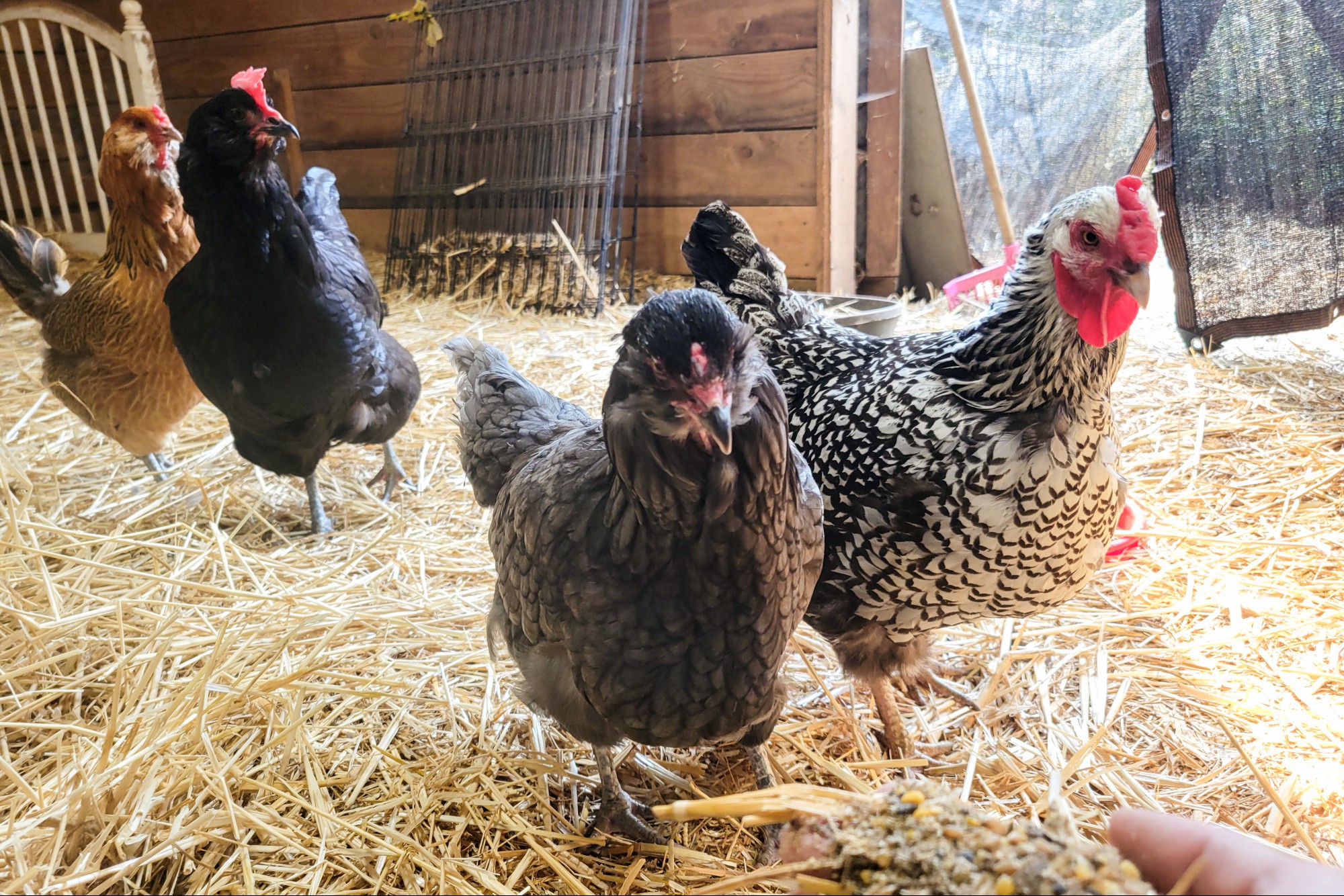
The Spruce Pets / Christy Caplan
Our neighbors also feed Scratch and Peck to their flock of 30 chickens, and we’ve all noticed how the ingredients have improved our chickens' overall health, especially in times of stress, like changing seasons. Another great perk of the feed is that any remaining grain on the ground grows into grass.
What To Look For
Feeding Frequency and Portions
“Chickens should be fed each morning. There are lots of chicken layer feed brands to choose from, but part of the choice comes down to personal preference,” says Lisa Steele, a fifth-generation chicken keeper and creator of the popular website Fresh Eggs Daily.
In general, chickens tend to graze rather than eat all at once. By feeding them first thing in the morning, you're ensuring them access throughout the day. In addition to feed, chickens need nonstop access to clean water, which should be refreshed daily.
Ingredients and Nutrition
Although opinions vary, look for about 19 to 24 percent protein in starter feeds for young chicks 1 day old through 8 weeks of age. Feeds meant for meat birds and pullet growers 8 to 20 weeks old should have about 16 to 19 percent protein and less calcium than in layer feeds. Growers who get too much calcium in their diet can develop kidney disease. When laying begins around 20 weeks, switch to layer feeds with 15 to 17 percent protein and about 3.5 percent calcium for stronger eggshells.
“If feeding a flock organically is important, then an organic feed would be the obvious choice,” adds Steele. “There are feeds that are non-GMO or corn- and soy-free for those who want to stay away from GMO crops and fillers.”
The proof is in the pudding. “Ultimately, you’ll know if you’re feeding a quality brand because your chickens will have nice shiny feathers and bright eyes, lay beautiful eggs with thick shells, and hatch healthy baby chicks,” explains Steele.
Feed Storage and Management
“Feed should be stored in a cool, dry place where rodents and animals can’t get at it and used before the expiration date on the label,” recommends Steele. “Wet, clumpy, or moldy feed should be discarded, as should feed with bugs in it. If you experience any health or medical issues with your flock, consider contacting the company to ask about any recent recalls or even switch brands of feed. And sign up for Google alerts for chicken feed recalls.”
More We Recommend
Best Layer Feed With Probiotics
Nutrena NatureWise Layer Feed
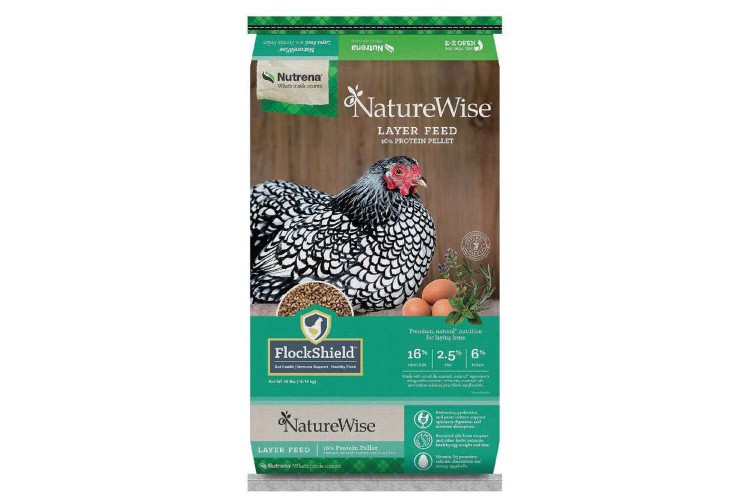
What We Like: Herbal blends and essential oils; regular research on the chicken microbiome; diet is balanced based on a nutrient level; provides prebiotics, probiotics, and yeast culture
What We Don’t Like: Some birds don’t like pellets
The other choice we couldn’t live without is high in protein and amino acids. Nutrena’s NatureWise Layer Feed uses a variety of ingredients to create a balanced diet. One of the most exciting features is the addition of herb blends like oregano. While I grab herbs from my garden and add rosemary directly to the feed dishes, having a feed available with essential oils already incorporated is a much better solution.
Nutrena NatureWise line offers over ten feed varieties, treats, and supplements for layers and chicks. Your chicken’s gut is the focus. Over 60 percent of a bird’s immune system is found in the gut of the bird, and its chicken feed pellets are enriched with FlockShield and essential oils. The prebiotics, probiotics, and yeast cultures support optimum digestion and nutrient absorption. They also include ingredients like Vitamin D3 to promote calcium absorption for strong eggshells with less breakage.
Tagetes (an Aztec marigold) is added to support golden egg yolks and the diet includes natural plant extracts to help with healthy growth and bone formation. The yucca schidigera extract is also added to their chicken layer pellet feed to aid in the control of manure odor.
Nutrena’s NatureWise Layer 16% is suitable for poultry only. It is available in 50-pound shipments.
Contains vitamin D3 for calcium absorption
Best Starter Feed for Chicks
Manna Pro Non-Medicated Starter Crumbles Chicken Feed
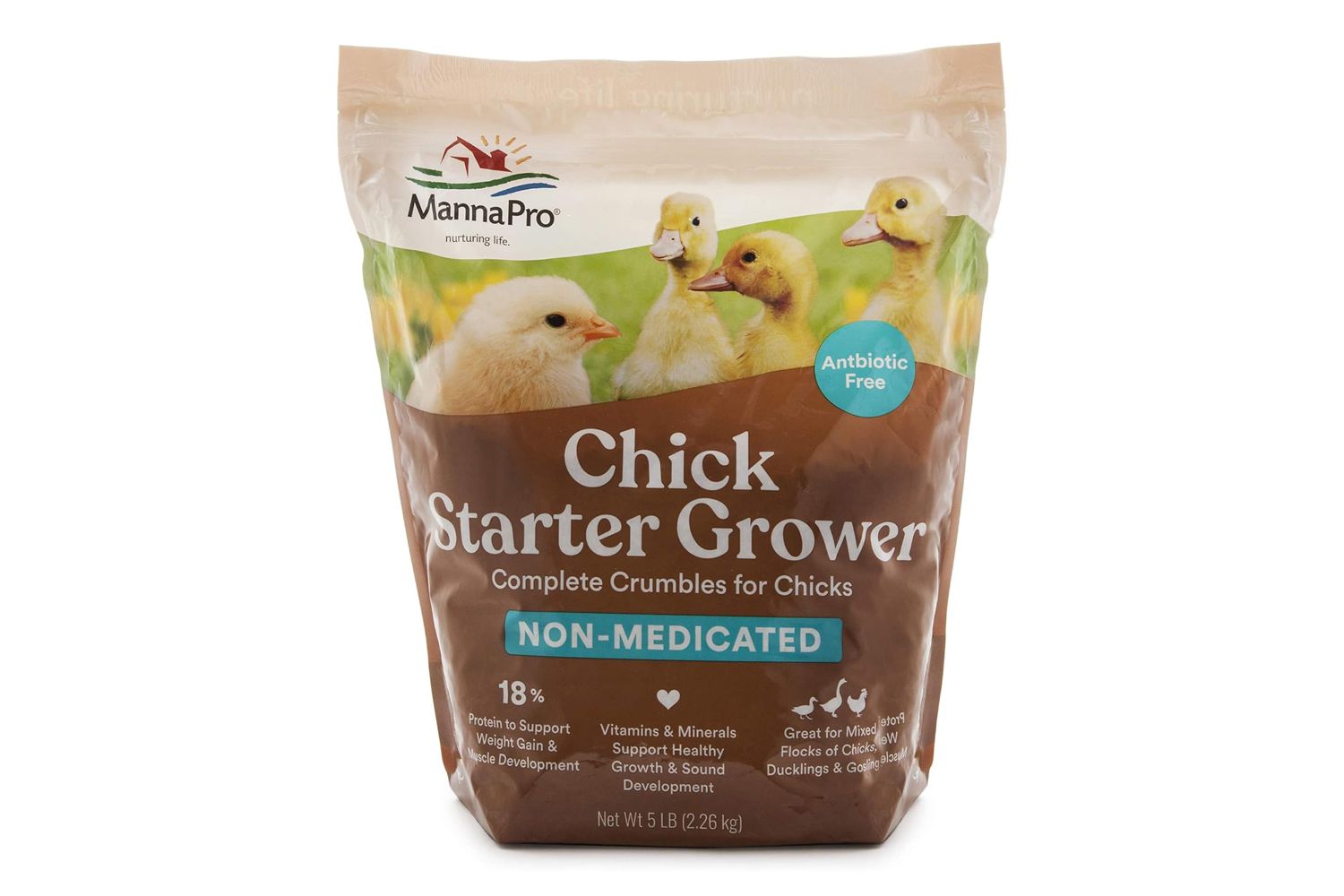
What We Like: Safe for mixed poultry flocks; formulated with protein, vitamins, and minerals for young birds
What We Don't Like: Crumbles on the large side: a little more expensive than non-organic feeds
Chicken starter feed is meant for chicks that are a day old through 8 weeks of age. It generally contains a higher protein content than grower, layer, and broiler feeds. Made with 18 percent protein, Manna Pro Starter Crumbles Chicken Feed is nutritionally complete, which means it's the only feed you'll need for the first eight weeks of your chickens' lives. Make sure they have plenty of fresh, clean water and your feeding regimen is complete.
Ingredients in Manna Pro Starter Crumbles include processed grain by-products, plant protein products, and calcium carbonate. It also has all the necessary vitamin and mineral supplementation, including folic acid, niacin, calcium, riboflavin, and vitamins D3, A, E, and B12.
Manna Pro offers its non-medicated version of its starter crumble in 5- pound and 50- pound bags. This formula can safely be fed to chicks, ducklings and goslings.
Made with organic corn, soybean meal, oats, barley, wheat middlings, and soybean oil
Best Pellet Layer Feed
Small Pet Select Chicken Layer Feed
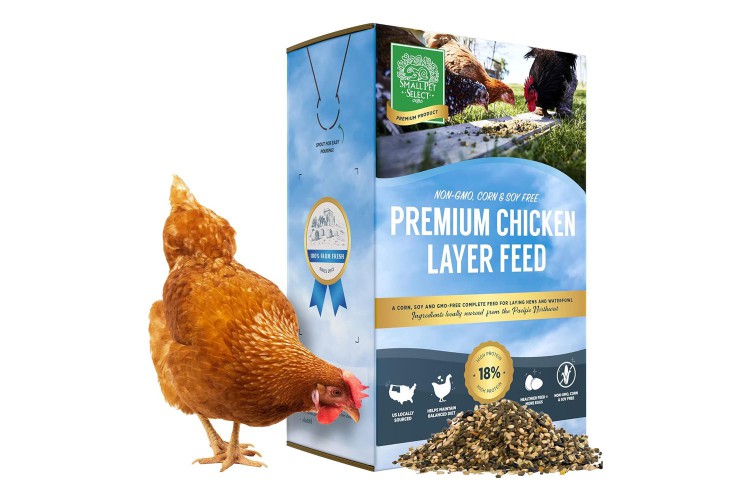
What We Like: Non-GMO; corn- and soy-free; made in the United States
What We Don't Like: Not made with organic ingredients
Layer feeds are designed to provide healthy, balanced nutrition that also produces fantastic eggs. They tend to have a little less protein than starter and grower feeds but more calcium for strong eggshells. This feed offers an optimal formula with 18 percent protein, 6 percent crude fiber and 2.5 percent calcium. These high-protein pellets, grains, seeds, and herbs are lightly basted with omega-3 fatty acid-rich vegetable oil.
Small Pet Select Chicken Layer Feed is designed to be nutritionally dense, avoiding fillers like soy and corn. Instead, its primary ingredients are peas, followed by wheat, oats, millet, triticale, sunflower seeds, flaxseeds, pumpkin seeds, and fish meal for protein. The manufacturer prides itself on using locally sourced ingredients.
Packaged in 10-, 20-, and 40-pound bags
Best Crumble Layer Feed for Hens
Blue Seal Home Fresh Extra Egg Crumbles and Pellets
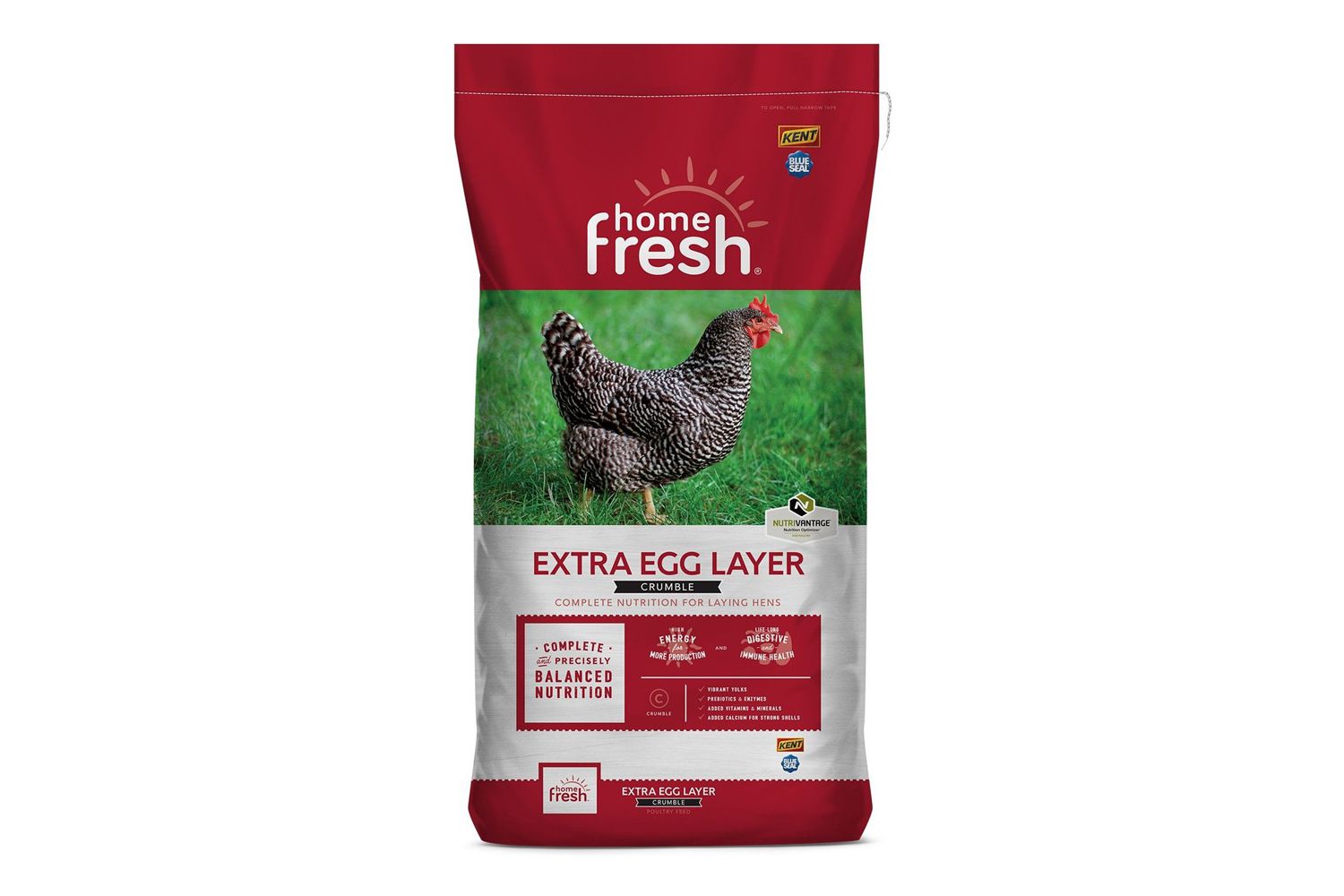
What We Like: Affordable; marigold extract for bright yellow yolks; includes prebiotics for healthy digestion; suitable for other poultry
What We Don't Like: Not organic or non-GMO certified
The form of feed you use—mash, crumbles, or pellets—is about what your hens prefer. Whole grain mashes mean picky eaters can eat selectively and miss out on complete nutrition. Pellets are dry, easy to feed, and ensure balanced nutrition. Small chickens might need to peck them into smaller pieces. Crumbles are usually smaller pieces and are easier to eat. “They are usually given to younger birds because of their size (small birds cannot consume large pellets and will starve out),” Sato said.
Blue Seal Extra Egg in crumbles is specifically designed for optimal egg production. These feeds feature 17 percent protein and 3.3-4.3 percent calcium. Vitamin E and selenium support a healthy immune system, and phytase is supposed to increase the availability of phosphorus, calcium, and energy, so your flock is getting the most from their feed. The company's claim to fame is its NutriVantage Technology, a proprietary blend of chelating agents and organic acids that promote a healthy gut and optimal nutritional absorption.
There are no artificial colors, flavors, or preservatives in Blue Seal Home Fresh Extra Egg Crumbles, but there are added amino acids formulated to support healthy skin and feathers.
Contains no animal products
Best Treats for Chickens
Grubbly Farms Black Soldier Fly Larvae
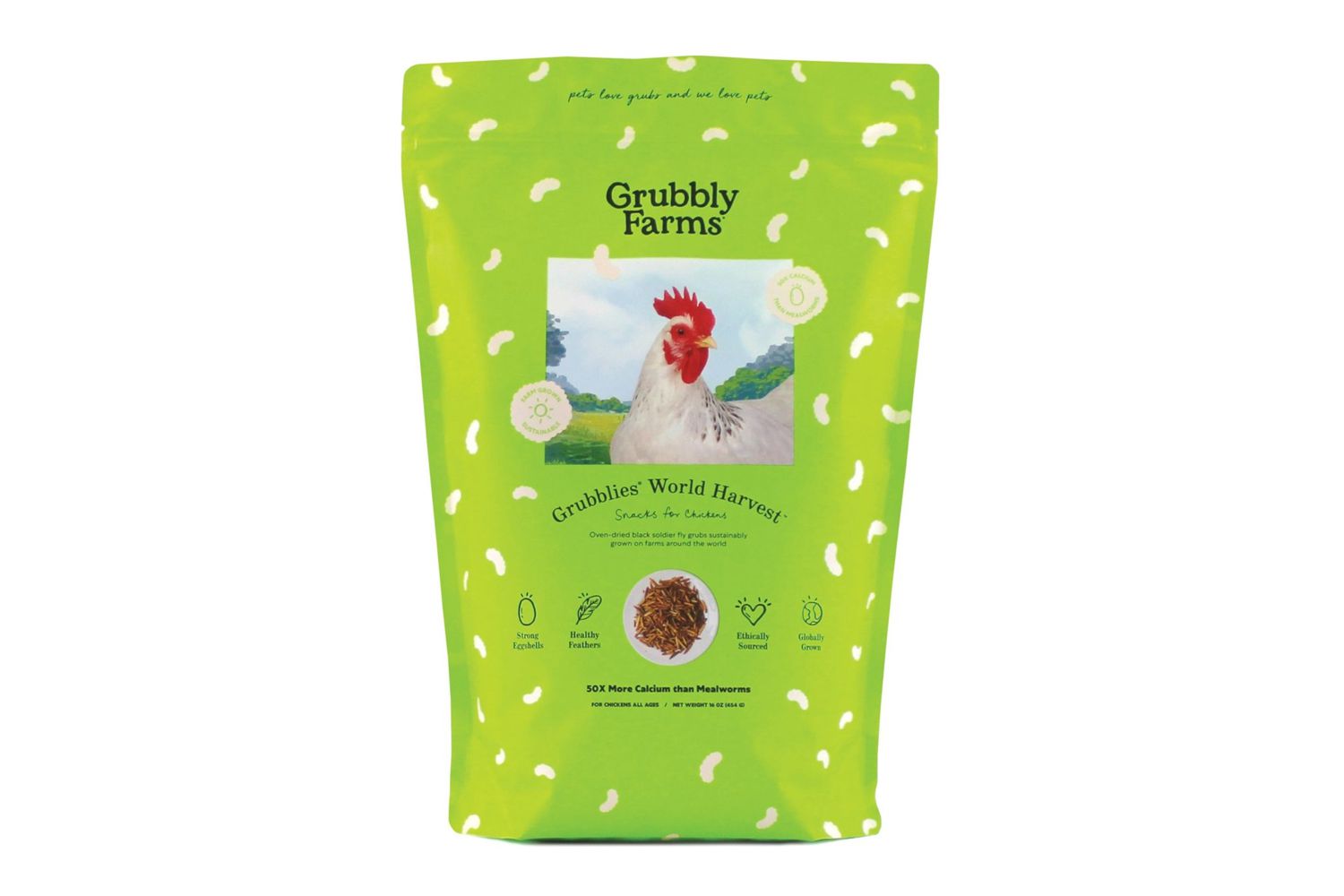
What We Like: 50 times more calcium than mealworms; essential when birds are molting
What We Don't Like: On rare occasions, a hen will prefer sunflower seeds
These are crafted from 100-percent black soldier fly larvae, which are oven-dried and sustainably farm-grown around the world. These treats are a wonderful supplement especially during molting season as they’re high in protein, loaded with nutrients and minerals to promote healthy feathers. BSFL contains 50 times more calcium than mealworms.
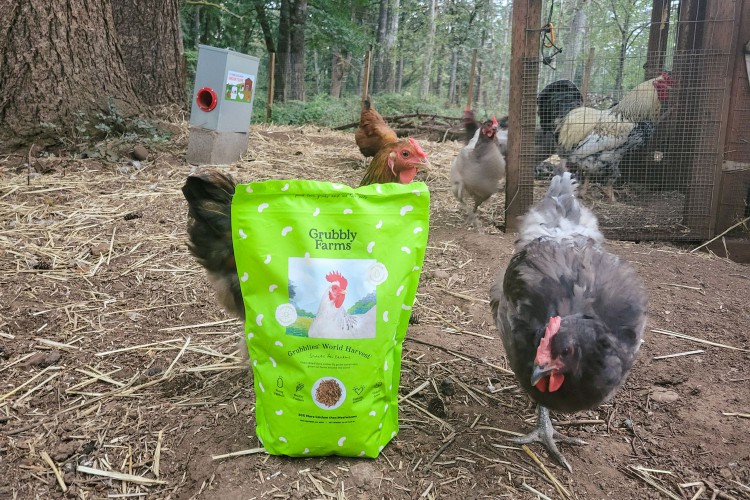
PHOTO: The Spruce Pets / Christy Caplan 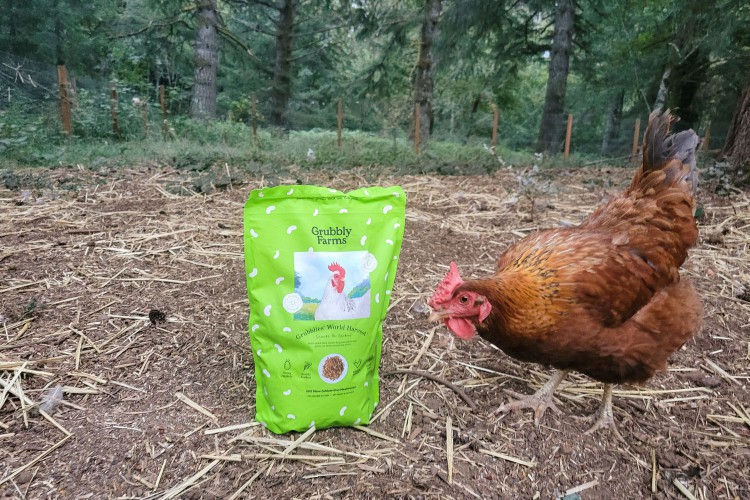
PHOTO: The Spruce Pets / Christy Caplan 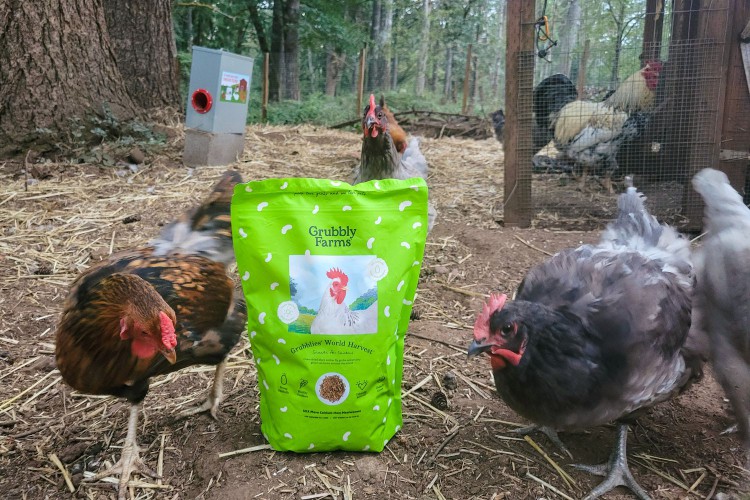
PHOTO: The Spruce Pets / Christy Caplan 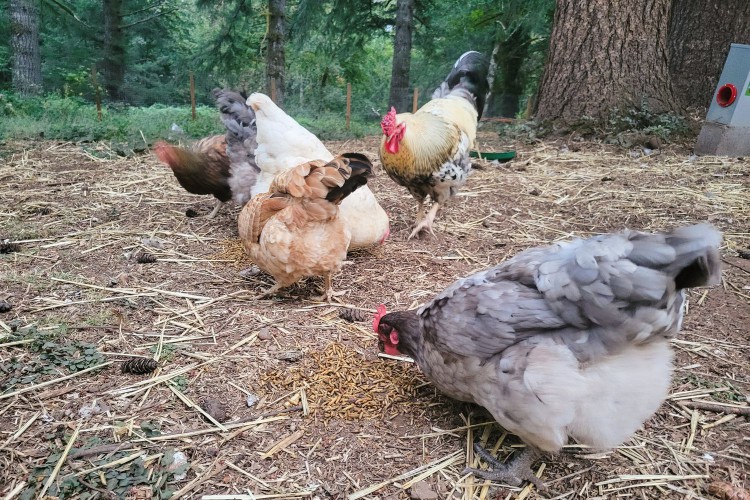
PHOTO: The Spruce Pets / Christy Caplan
According to Sean Warner, co-founder and chief executive officer at Grubbly Farms, “Despite the popularity of mealworms, Black Soldier Fly grubs (larvae) are superior to mealworms in almost every nutritional specification. While mealworms have a slightly higher protein percentage, BSFL have 50 times the calcium as mealworms, the essential mineral needed for egg production, and have about twice as much Lysine and Methionine as mealworms, both of which are the two most limiting amino acids that are essential for having a healthy and productive flock.”
Primary ingredient is black soldier fly grub
- How much feed per chicken?
“An adult chicken will eat about half a cup of feed per day, but that will vary depending on the time of year. In the summer, if the flock is able to be out on grass eating weeds and bugs, the feed intake will be less,” notes Steele. “It could be slightly higher in the winter in cold climates since chickens expend energy trying to stay warm. Chickens won’t overeat and will only eat until they have satisfied their nutritional and energy needs for the day.”
Can ducks eat chicken feed?“Ducks can eat chicken feed and thrive on it, but since ducks require more niacin (vitamin B3) than chickens for strong legs and bones, adding a source of niacin to the chicken feed is required. Brewer’s yeast is one of the more common supplements for added niacin,” adds Steele. “It’s essential for ducks but also beneficial for chickens. Since niacin is water-soluble, meaning the body doesn’t store it up, it should be added to the feed daily. Other good sources of niacin that are beneficial for ducks—and they’ll love as treats—are peas, peanuts, whole wheat, sweet potatoes, and sunflower seeds.”
Why Trust The Spruce Pets?
This story was updated by Christy Caplan, a contributor for The Spruce Pets, a certified veterinary technician, and a hobby farmer raising two flocks of chicken and roosters in the Pacific Northwest, outside of Columbia Gorge.
Christy is dedicated to helping senior pets live their best life. Her articles focus on animal wellness, chicken keeping, epic products for hens and cooking with fresh herbs from her garden for her pets. She’s obsessed with the history of chickens, egg facts, and making quiche for brunch. Her blog, Wag and Cluck, educates pet lovers on animal health and wellness.
For this story, we spoke with poultry expert Yuko Sato, a doctor of medicine with an MS and DACPV from Iowa State University. She is a Poultry Extension Veterinarian and Diagnostic Pathologist at the Iowa State University Veterinary Diagnostic Lab. Sato is a diplomate of the American College of Poultry Veterinarians and her extension and research programs focus on poultry infectious disease diagnosis, prevention, and investigation. She is a highly sought out national speaker on poultry conferences and also serves on numerous advisory boards locally, such as the state poultry associations, as well as nationally, including the United Egg Producers scientific advisory committee.
We also consulted with Lisa Steele, a fifth-generation chicken keeper and creator of the popular website Fresh Eggs Daily. Dubbed “queen of the coop” by the media, she has been recognized by many national outlets, including The Wall Street Journal, Forbes, Country Living, Farmers’ Almanac, the Hallmark Channel’s Home & Family, The View, NPR, and Martha Knows Best. Steele is the author of six previous books on raising backyard flocks; her latest is “The Fresh Eggs Daily Cookbook," featuring recipes using fresh eggs from her chicken coop. She lives and writes on a small farm in Maine that she shares with her husband, a corgi, a tuxedo cat, and a mixed flock of chickens, ducks, and geese.
RECOMMENDED NEWS
 small-birds
small-birdsHow to Breed Your Own Zebra Finches
Although many finch species are kept as pets, zebra finches are the most popular among bird owners....
Read More → small-birds
small-birdsSociety Finch: Bird Species Profile
Society finches are not the kind of bird that one would choose if they want an avian friend that ta...
Read More → small-birds
small-birdsCanary: Bird Species Profile
A canary is an undemanding little charmer that is usually a beginner's cana bird. This small finch ...
Read More → medium-birds
medium-birdsSenegal Parrot: Bird Species Profile
The colorful and relatively small Senegal is remarkably quiet and calm. It can talk and mimic, alth...
Read More → bird-nutrition-and-food
bird-nutrition-and-food10 Common Foods That Can Poison Your Bird
Birds are social creatures, so many owners allow their pets to be included at mealtime. While shari...
Read More → bird-health
bird-healthHow to Safely Clip Your Bird's Wings
Clipping your bird's wings can seem like a daunting task, and indeed it takes patience and practice...
Read More → bird-breeds
bird-breedsGreen-Wing Macaw (Red and Green Macaw): Bird Species Profile
Second in size only to the hyacinth macaw, which is the largest parrot species, the green-wing maca...
Read More → bird-breeds
bird-breeds8 Top Colorful Parrot Species
For many people, the first thing that draws them to bird ownership is a parrot's colorful feath...
Read More → bird-basics
bird-basicsSafety Tips for Handling Parrots
Unlike cats and dogs, parrots and other pet birds are not domesticated, and this means that they re...
Read More →
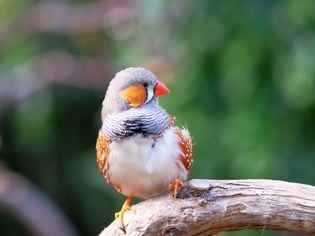
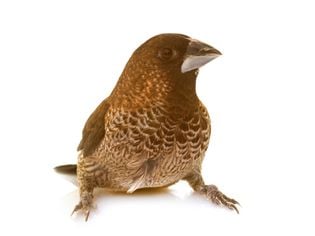
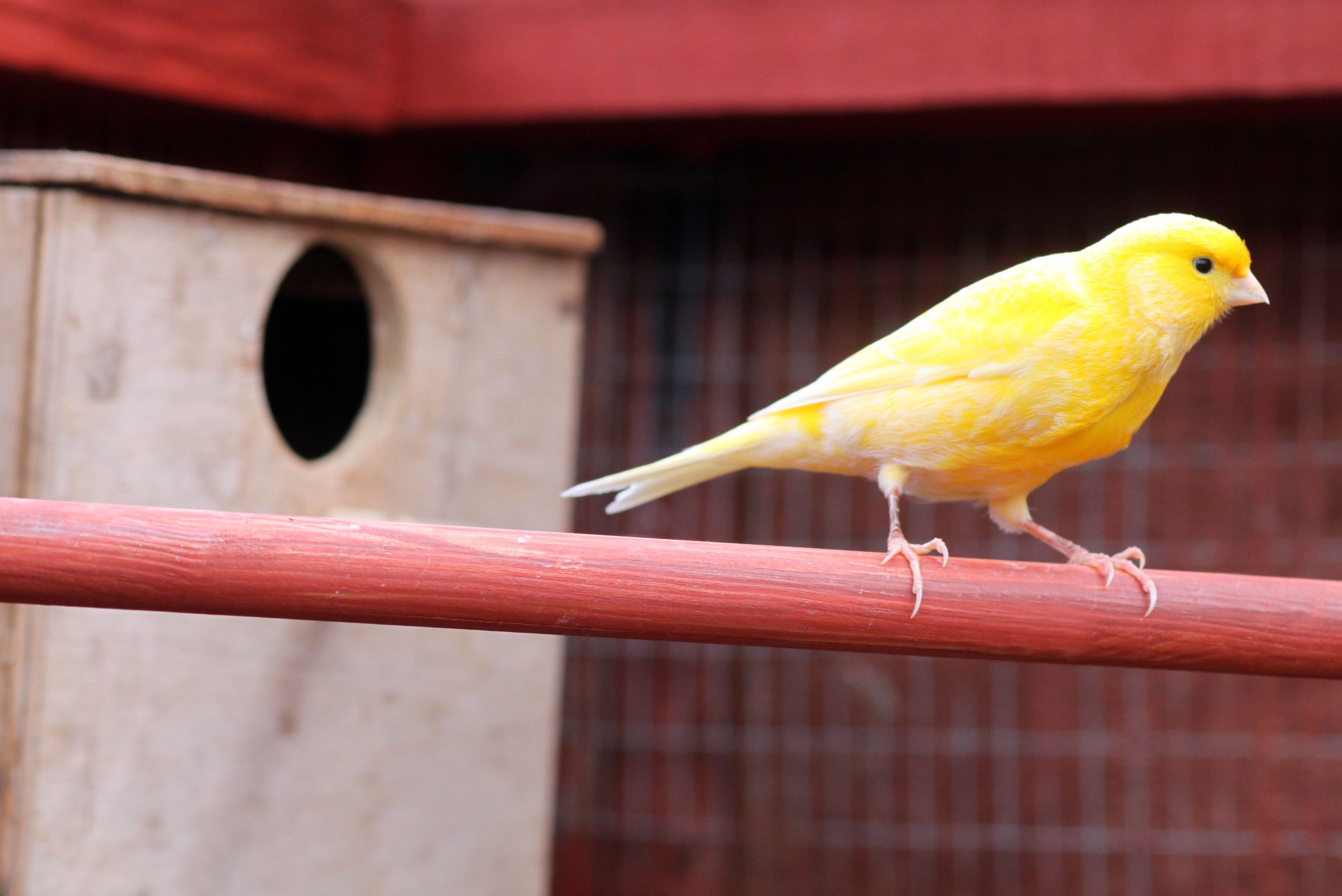
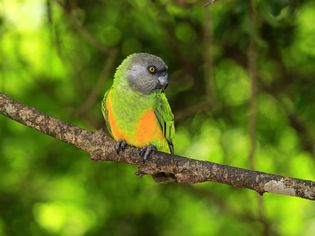
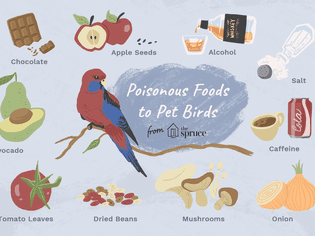
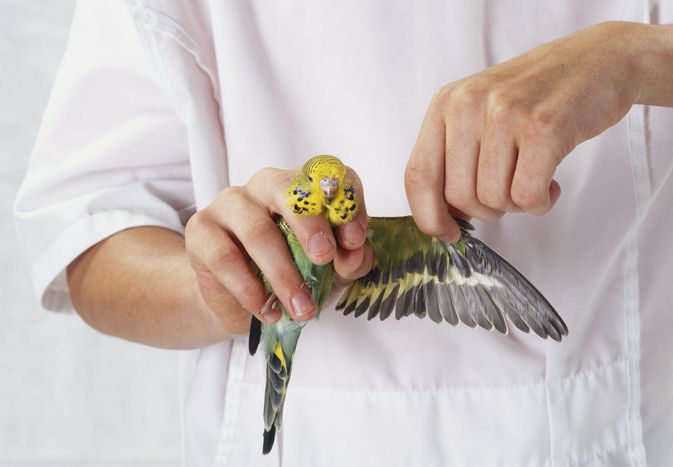

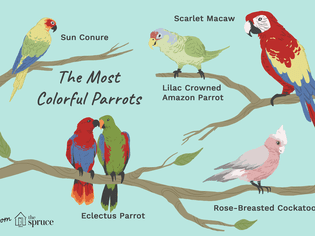
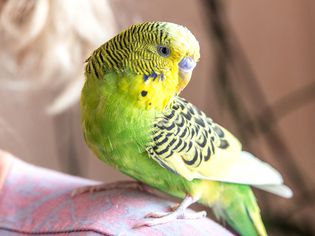
Comments on "The 6 Best Chicken Feeds and Treats to Help Your Flock Flourish" :